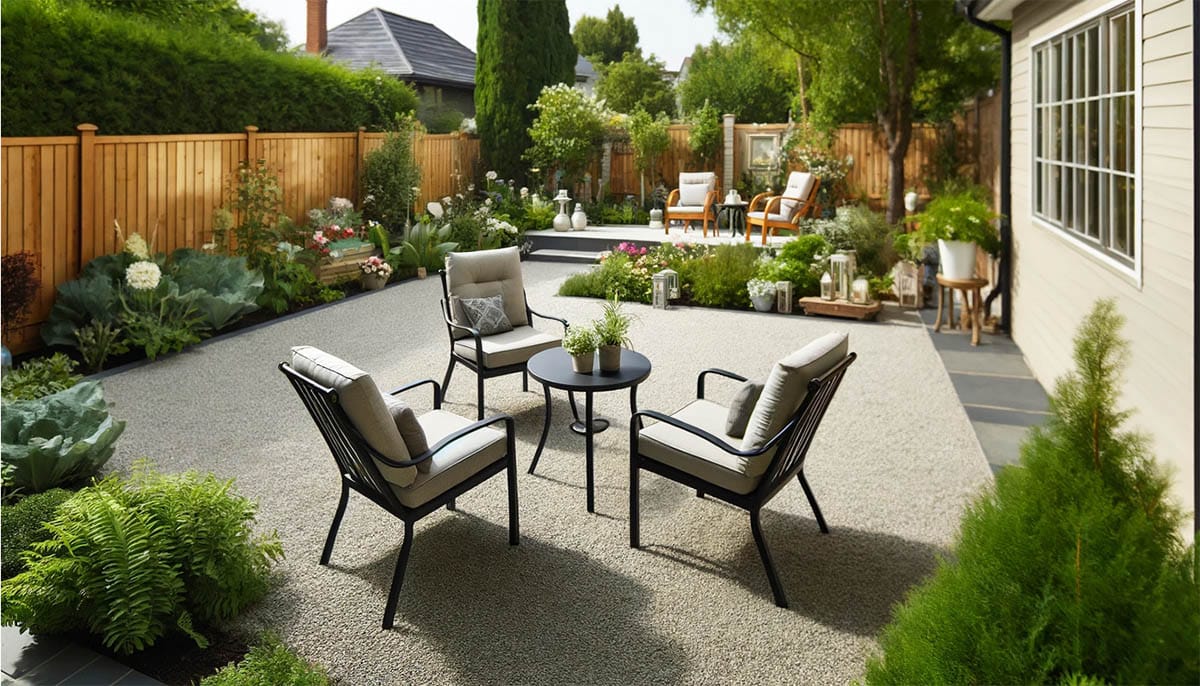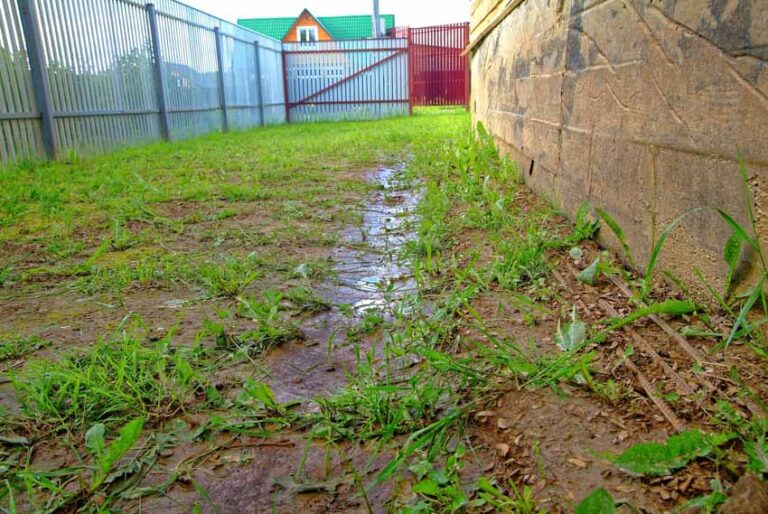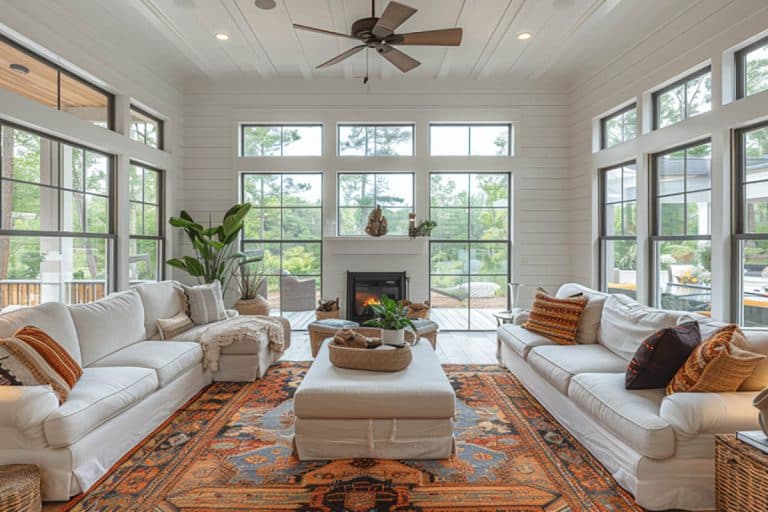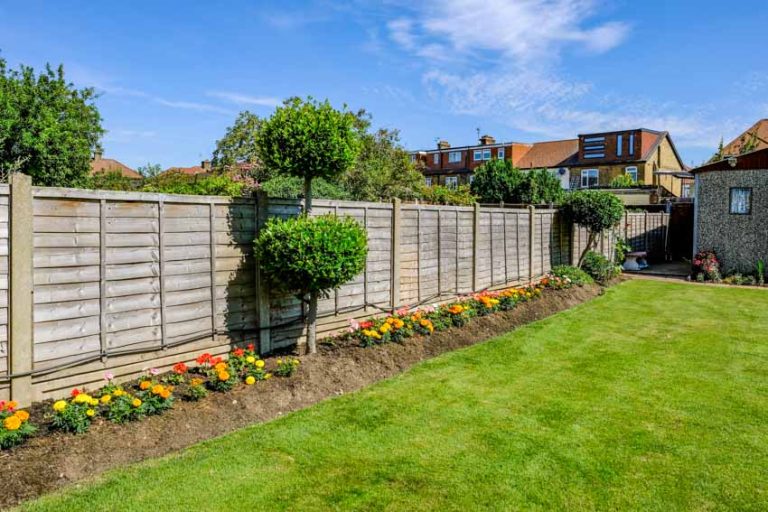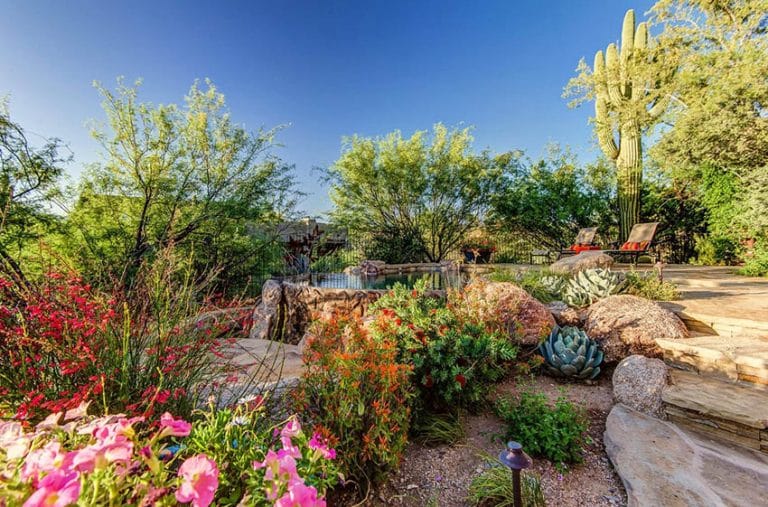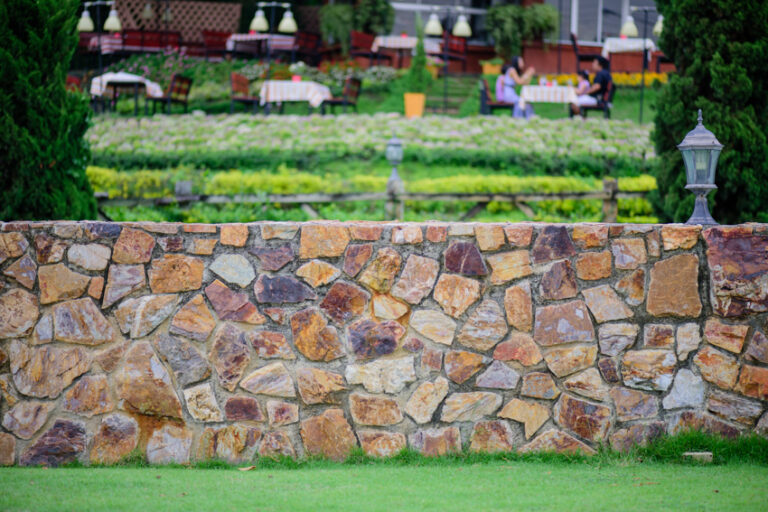Gravel Calculator: Plan Your Landscaping Coverage
Need a hand estimating gravel for your next landscaping project? Our handy gravel calculator is here to help! Simply plug in the dimensions of your new patio, pathway, or driveway. Next, choose the type of gravel you prefer – we’ve got everything from pea gravel to crushed stone. With just those two easy steps, our tool calculates the precise volume, weight and cost of the material you’ll need.
Gravel Material Calculator
Results:
How To Use The Gravel Coverage Calculator
The calculator allows you to calculate the amount of gravel needed to cover an area. First, select the shape of the area – either a rectangle/square or a circle. Then, enter the dimensions – length and width for a rectangle, or radius for a circle.
Next, specify the depth of the gravel layer in inches or centimeters. Choose the types of gravel from a dropdown menu showing different sizes and densities. You can also enter the cost per cubic foot of your material to estimate the total cost.
The calculator determines the area based on the shape and dimensions entered. It converts depth to feet if needed. Then, it calculates the cubic volume by multiplying area by depth. Knowing the material density, it figures the weight in pounds. If you entered a cost, it also calculates the total cost.
The results show the total area, cubic feet of gravel required, weight in pounds, and total cost if a price was provided.
An example: Say you select a 10 x 5 feet rectangle, 3 inch depth, pea-gravel (105 lbs per cubic foot density), and $0.50 per cubic foot cost. The calculator determines:
- Area: 10 x 5 = 50 square feet
- Depth in feet: 3 inches / 12 inches per foot = 0.25 feet
- Volume: 50 square feet x 0.25 feet depth = 12.5 cubic feet
- Weight: 12.5 cubic feet x 105 lbs/cubic foot = 1,312.5 lbs
- Total Cost: 12.5 cubic feet x $0.50 per cubic foot = $6.25
The step-by-step calculations help you understand what’s going on behind the scenes. (This calculator is for entertainment only, please double check measurements.)
Gravel Buying Tips
When starting a landscaping project using gravel, careful planning can help with cost savings. First, accurately measure the area needing coverage and calculate the volume required. Buying too little leaves the project unfinished, while overestimating leads to unnecessary expense.
Consider the project’s purpose when selecting gravel type – pathways suit small pea gravel, while crushed stone better withstands heavy driveway traffic. Compare different sizes as well, opting for compact varieties for high-traffic zones.
With measurements and types decided, research prices across local quarries, landscaping suppliers, and home stores. Buying in bulk almost always lowers cost per unit, but check for delivery fees which can negate savings. Supporting local rock and building material suppliers reduces transport costs and benefits the community.
Factor in future maintenance needs too. Larger materials and proper underlying drainage extends lifespan, saving long-term costs. Planning around seasonal sales and joining community buying groups also lower prices. And reusing or recycling existing materials is both sustainable and thrifty.
Carefully weighing all these factors when planning a purchase reaps real rewards. Using exact calculations prevents overbuying. Select gravel based on the best intended use, and look for bulk purchase deals. Buying locally, participating in community sales, and reusing old materials can cut costs. If you have a tight budget check out Nextdoor, Craigslist or Facebook Marketplace for private sellers. An organized gravel shopping trip paves the way for landscape project success.
How did you like the gravel calculator. Let us know in the comments if there are features we missed or to just share the project you’re working on.

